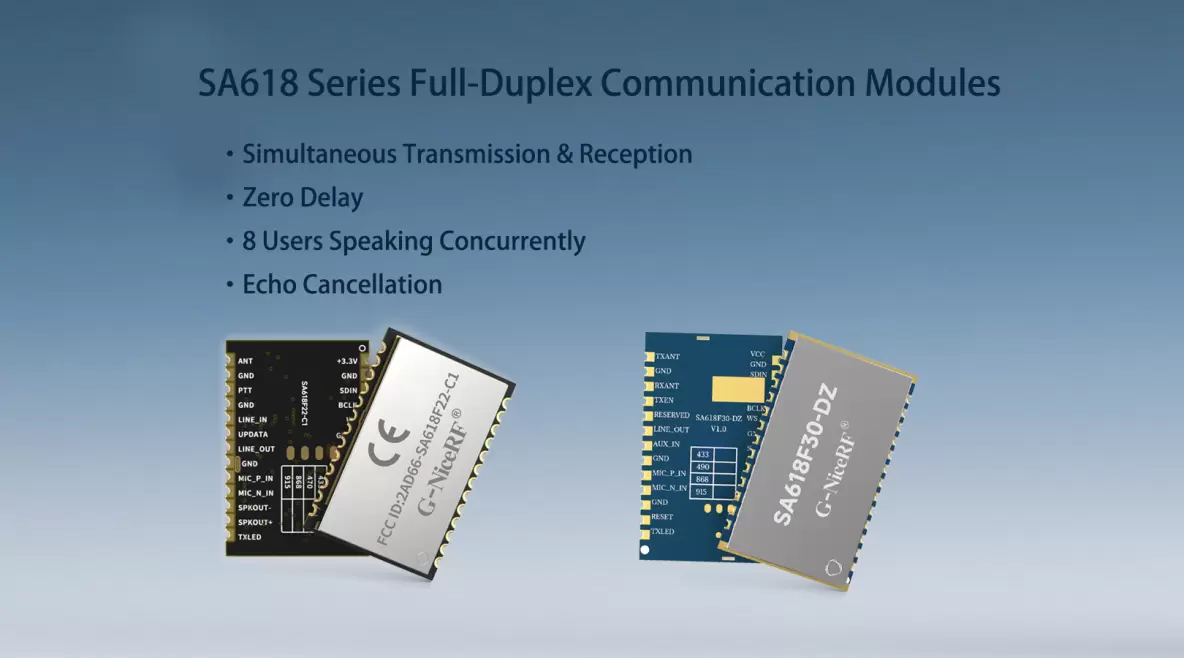What Is Co-Channel Interference of LoRa Module? How To Solve It?
Jun . 2021
In recent years, with the development of LoRa module, it has been widely used in all walks of life. Nevertheless, with the increasing use of LoRa module, the interference problems between modules are also increasing, among which the Co-Channel Interference is the most serious and harmful problem.
Below is the experience on how to handle the Co-Channel Interference.
What is Co-Channel Interference?
The experts have given a clear definition: the carrier frequency of the unwanted signal is the same as the carrier frequency of the wanted signal, and the interference caused by the receiver receiving the same channel useful signal is collectively referred to as co-channel interference. Do some people ask what is the cause of co-channel interference? In fact, this is a feature of wireless transmission. As long as we use multiple LoRa modules to communicate in one frequency, we will have this problem, but we need to find a way to solve it.
How does LoRa module solve the problem of Co-Channel interference?
To solve the problem of Co-Channel interference when using LoRa module, there are three solutions.
1. Polling Mode
Polling mode is the master device acquires the requests of slave devices one by one. If the master sends request to slave 1, only slave 1 will respond to the master, due to each slave has unique ID. After receiving the command from the master, slave 1 uploads the data to the master. The master polls other slave data in the same way.
The advantage of polling mode is there will be no conflict between devices and the networking is relatively stable. Nevertheless, polling mode takes longer time, which is suitable for applications that don’t have high responding time.

2. Timing upload mode
Timing upload mode is that the slave devices synchronize the time with the master after receiving the broadcasts from the master, and then uploads data regularly according to the set time interval. For example, after the master device sends information, the upload time of slave 1 is the first second, then the upload time of slave 2 is 2nd second and so on.
Set the upload time of the slave devices to avoid data uploading at the same time, so as to avoid Co-Channel interference.

3. Slave device active upload mode
For those LoRa module networks have RSSI function, slave devices actively upload method is relatively reliable. This transmission method is to detect the RSSI signal strength in the environment when the slave needs to upload data. If the RSSI strength in the current environment is high, wait for the RSSI value to become lower before active uploading. The master device will feed back the receiving result to the slave device, then slave can decide whether to upload again. However, this method is not suitable for LoRa module without RSSI function, due to the more frequently the slave uploads, the higher the probability of communication failure, that is, the Co-Channel interference.
All above three methods are with the same working principle: staggering the upload time of slave modules, so as to solve the problem of Co-Channel interference. This is also the best solution given by NiceRF, hope it’s helpful for everyone.
 +86-755-23080616
+86-755-23080616
 sales@nicerf.com
sales@nicerf.com
Website: https://www.nicerf.com/
Address: 309-315, 3/F, Bldg A, Hongdu business building, Zone 43, Baoan Dist, Shenzhen, China


 English
English







